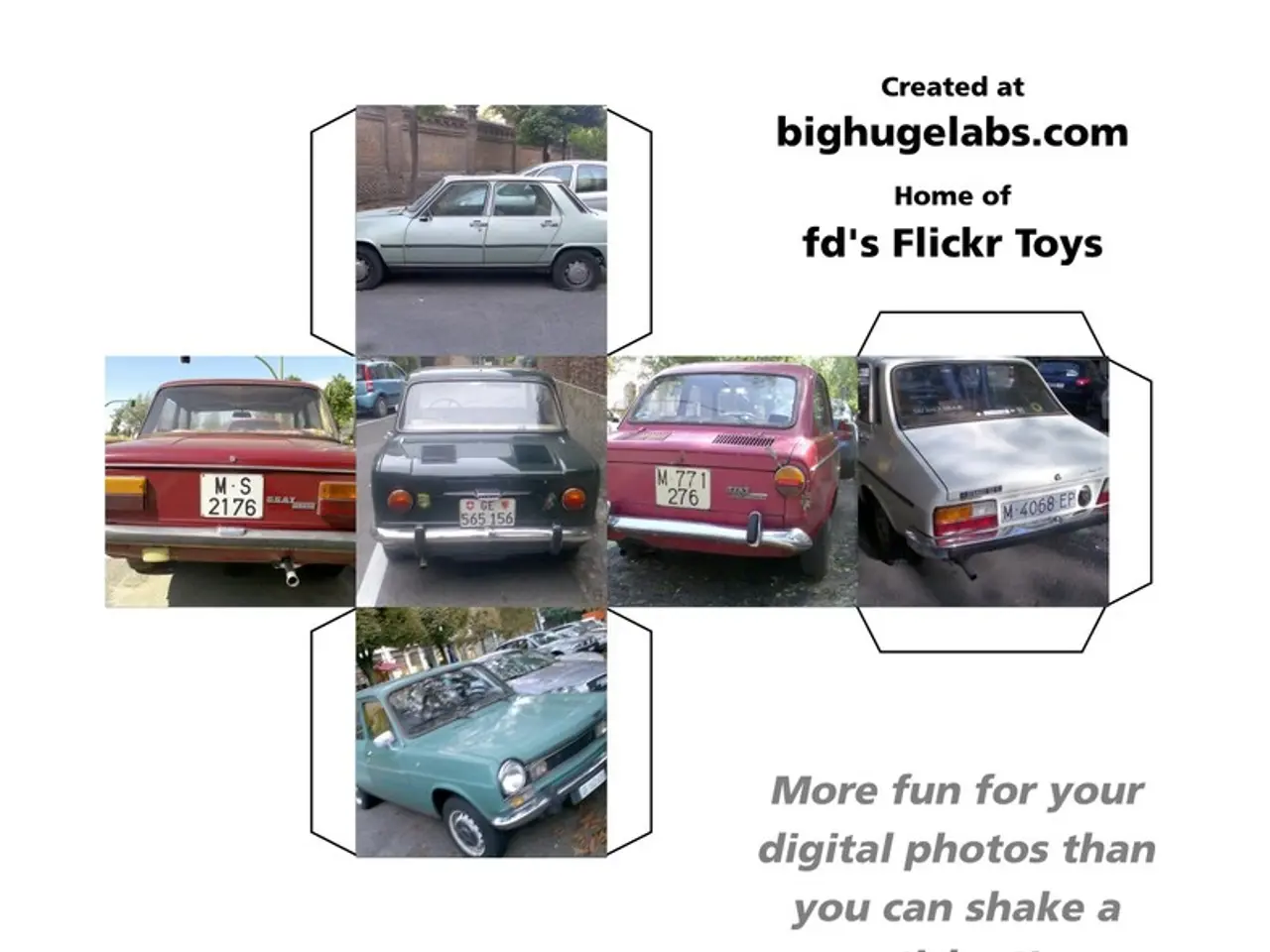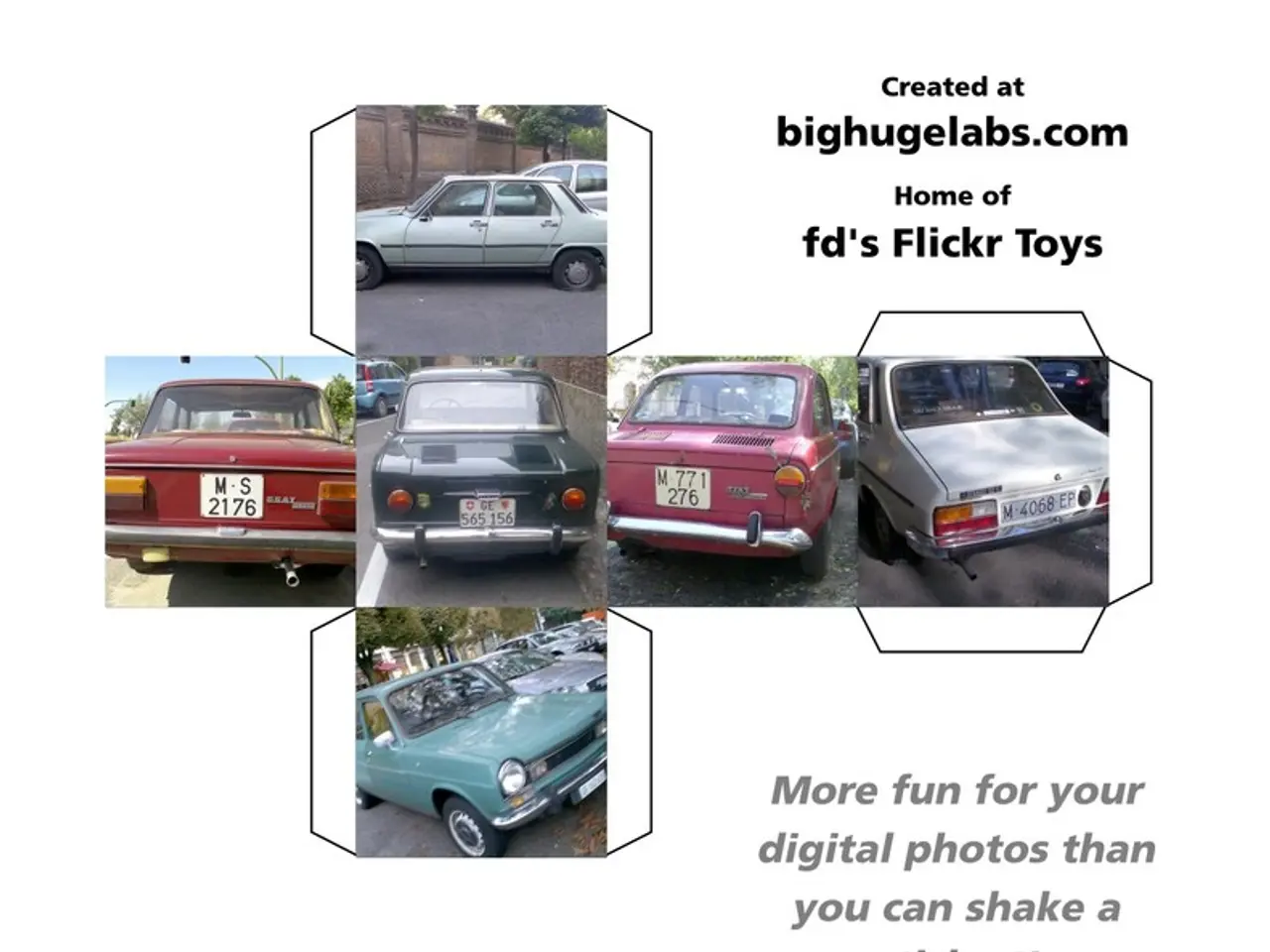Autonomous Vehicles Revolutionizing the Auto Sector: The Impact of Self-Driving Cars on the Automotive Market
As driverless cars become increasingly common, it's crucial to approach their implementation thoughtfully and responsibly to ensure they deliver on their promise of improving safety, efficiency, and sustainability in the transportation system. The current status and future impact of driverless cars on urban transportation and the automotive industry are multi-faceted, reflecting rapid technological advances, evolving regulations, and shifting market dynamics.
**Current Status**
In the realm of deployment and technology, most commercially available vehicles today offer advanced driver assistance systems (ADAS), with some reaching Level 2 or 2+ autonomy. By 2025, fully autonomous (Level 4 or 5) vehicles are increasingly being deployed, particularly in controlled settings such as urban centers, technology campuses, and tourist destinations. Companies like Waymo and Cruise are operating robotaxi services at scale in cities like San Francisco and Phoenix, with tens of thousands of monthly users and high user satisfaction. Regulatory frameworks are rapidly evolving, with China mandating that at least 30% of new vehicles sold by 2025 must have Level 3 or higher autonomy, and the EU working towards a unified AV certification system by 2027.
Commercially, fully driverless vehicles are most common in commercial fleets, including ride-hailing, logistics, and public transit. These vehicles are likely to dominate urban environments before widespread private ownership. For private consumers, vehicles that allow the driver to intervene (Level 2/3) remain more common. However, new vehicles with extensive automated driving modes are becoming a significant portion of new-car sales, albeit with limited adoption of fully autonomous personal vehicles.
**Future Impact**
In terms of urban transportation, autonomous vehicles have the potential to significantly reduce accidents and injuries, as they eliminate or mitigate most human error causes of accidents. They could optimize traffic flow, reduce congestion through improved coordination, and increase accessibility for people unable to drive themselves. Robotaxi fleets are expected to grow rapidly, with Goldman Sachs projecting that robotaxis could account for around 8% of the U.S. rideshare market by 2030, generating about $7 billion annually. Mass deployment will require upgrades in urban infrastructure, including smart city integrations and dedicated lanes or zones for autonomous vehicles.
The global autonomous driving market is projected to expand from around $45 billion in 2025 to $668.6 billion by 2033, driven by both commercial and consumer segments. The robotaxi market alone is forecast to grow from $4.4 billion in 2025 to $125 billion by 2034. Companies that align with new regulatory mandates—like those in China and the EU—will gain a competitive edge, and regulatory harmonization will lower barriers to entry and accelerate adoption. The shift toward autonomy is reshaping the automotive value chain, with traditional automakers, tech companies, and mobility service providers competing and collaborating in new ways.
**A Summary**
| Aspect | Current Status (2025) | Future Outlook (2030–2035) | |-----------------------------|---------------------------------------------|---------------------------------------------| | Autonomy Levels | L2–L3 common, L4–L5 in select deployments | Widespread L4–L5, especially in cities | | Commercial Use | Robotaxi fleets, limited logistics | Robotaxi fleets, logistics, public transit | | Consumer Use | L2/3 with driver controls | Increasing L3+, limited L4/5 ownership | | Regulatory Environment | Fragmented, rapid evolution | Harmonized in EU, mandates in China | | Safety Impact | Potential for significant improvements | Major reduction in accidents/injuries | | Market Size | ~$45 billion (2025) | ~$668 billion (2033) |
**Conclusion**
Driverless cars are rapidly transitioning from experimental projects to real-world solutions in urban transportation. Their adoption is being accelerated by regulatory changes, technological advancements, and strong market growth projections. The automotive industry is undergoing a fundamental transformation, with safety, mobility, and operational efficiency at the center of the driverless revolution. Policymakers, industry professionals, and the general public need a thorough understanding of the benefits and challenges of driverless cars for informed decisions on their implementation.
- In the future, the global autonomous driving market is projected to expand significantly, reaching almost $7 billion annually from robotaxis alone by 2030.
- The automotive industry is undergoing a transformation, with the implementation of driverless cars reshaping the automotive value chain, particularly in terms of safety, mobility, and operational efficiency.
- Companies like Waymo and Cruise are already operating robotaxi services at scale in cities like San Francisco and Phoenix, providing monthly services to tens of thousands of users with high satisfaction rates.
- By 2025, fully autonomous (Level 4 or 5) vehicles are increasingly being deployed, particularly in controlled settings such as urban centers, technology campuses, and tourist destinations.
- The future of driverless cars in urban transportation shows promises of optimizing traffic flow, reducing congestion, and increasing accessibility for those unable to drive. However, upgrades in urban infrastructure, such as smart city integrations, and dedicated lanes or zones for autonomous vehicles will be required for mass deployment.




